Sometimes, the most powerful photography techniques are the ones that get overlooked. While popular methods like perfect lighting and composition often steal the spotlight, there are many underrated tricks that can take your shots to the next level. From playing with shadows to experimenting with motion blur, these less common techniques open up new creative possibilities. Whether you’re a beginner or a seasoned pro, these can transform how you approach photography, giving your work a fresh and unique edge.
Mastering Backlighting
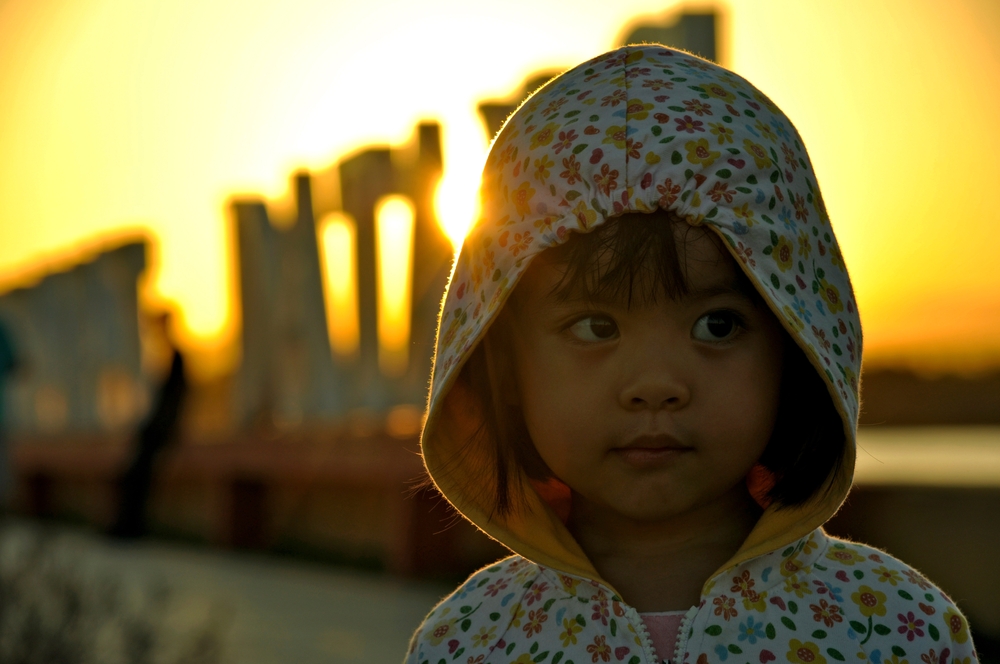
Backlighting, where the light source is behind your subject, can create stunning and unique images but is often overlooked. When used correctly, it produces a halo effect, making the subject pop with a glowing outline, and can add dramatic depth to photos. This technique works well in both natural light, such as the golden hour, and artificial settings, making it versatile across multiple photography genres. The challenge lies in balancing the light, as improper exposure can leave your subject underexposed. Using a reflector or fill flash can help maintain detail in your subject while preserving the rich backlit background.
Experimenting with Reflections
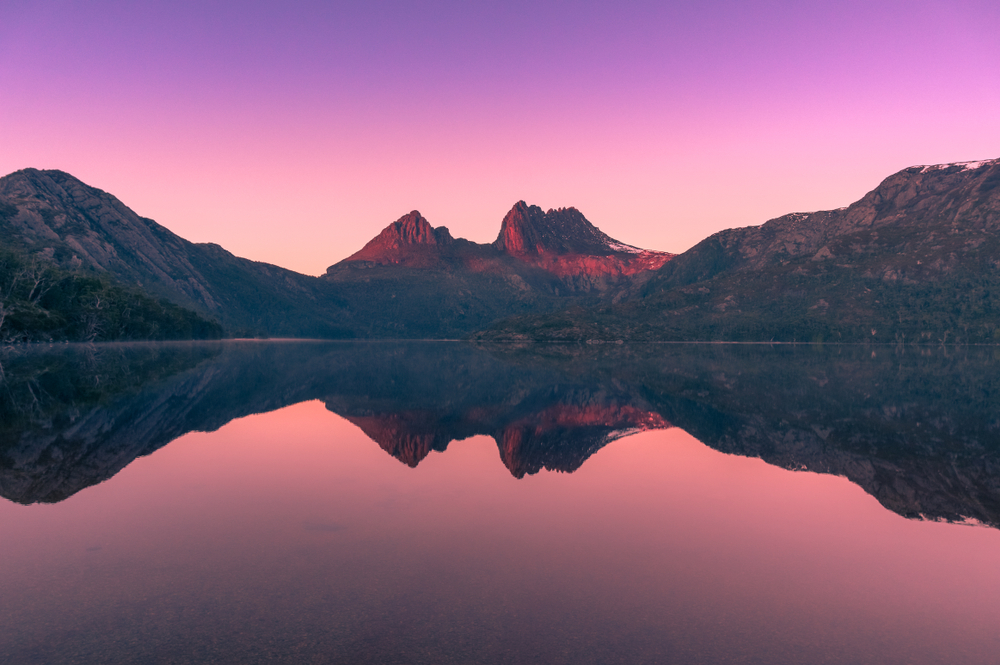
Utilizing reflections in photography is an underrated technique that can elevate the complexity of your shots. Reflections can be found in water, glass, or polished surfaces, and using them effectively adds symmetry, depth, and an almost surreal quality to your images. They allow you to create a visual dialogue between the real subject and its reflected counterpart, giving photos a layered, multidimensional feel. The key is to control the angle of your camera to emphasize the reflection without overwhelming the primary subject. Experimenting with reflections can open up new perspectives in photography, offering a chance to play with symmetry and abstraction. With practice, you’ll discover that reflections can transform ordinary scenes into visual art.
Playing with Shadows
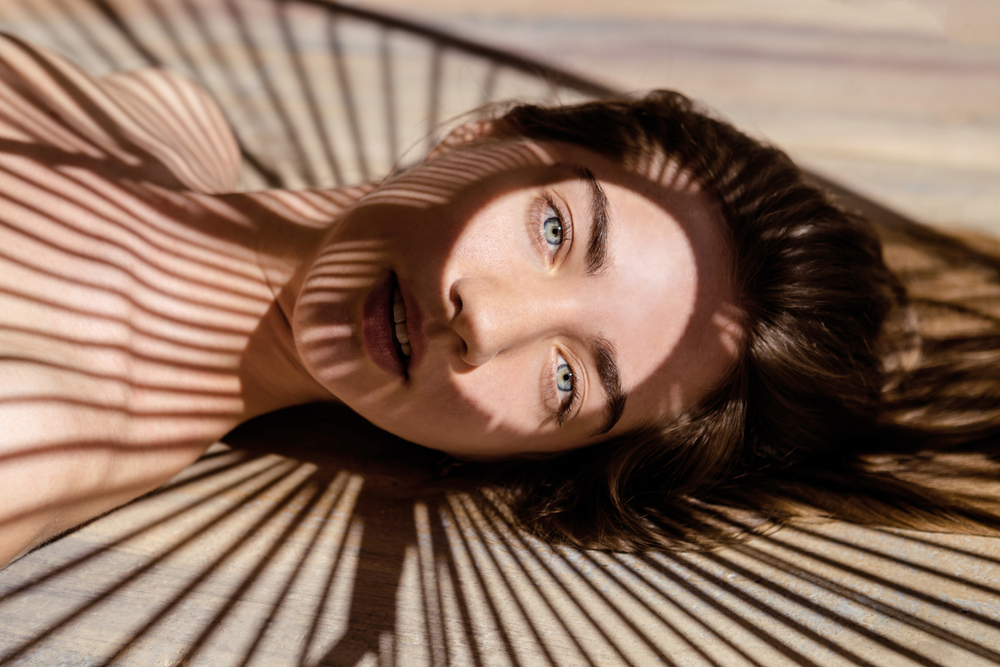
Shadows are often seen as a hindrance, but using them creatively can add dimension and mystery to your photography. Instead of eliminating shadows, embrace them to create mood, depth, and contrast. This technique works especially well in black-and-white photography, where shadows can take center stage. Shadows can also highlight the texture of a subject or lead the viewer’s eye across the image. By controlling the light source and adjusting your exposure, you can make shadows a feature of your composition rather than a flaw. This approach is ideal for architectural photography or still-life setups, where shadows can enhance the geometry and structure of the subject. In portraits, shadows can introduce a dramatic element, framing the face in soft light while obscuring details for a more mysterious vibe. Shadows are often underutilized, but when used intentionally, they can transform an image from flat to dynamic.
Using Negative Space
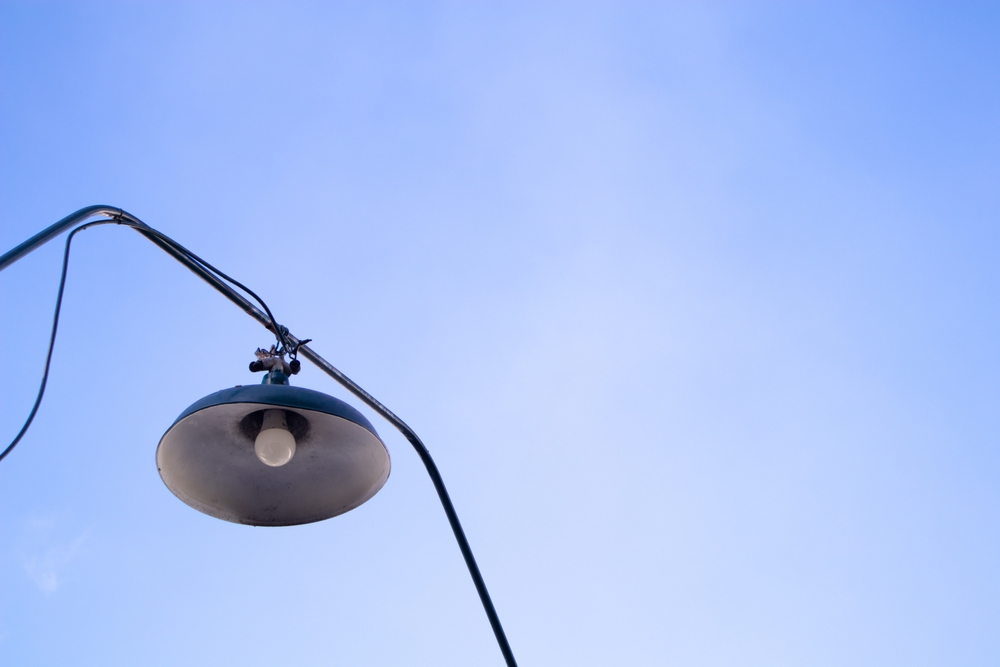
Negative space refers to the empty areas around your subject, and it’s a powerful but underused tool in photography. Incorporating more negative space into your shots allows the subject to stand out, giving the image a clean, minimalist feel. This technique is particularly effective in creating balance and guiding the viewer’s focus exactly where you want it. It can add a sense of calm, making it ideal for artistic, abstract, or minimalist compositions. It also offers a way to highlight the relationship between the subject and its surroundings, emphasizing isolation or solitude when needed. Despite its simplicity, mastering negative space can be challenging, as it requires careful framing and composition. But when done right, it can evoke strong emotions and create a lasting impact.
Focus on Textures
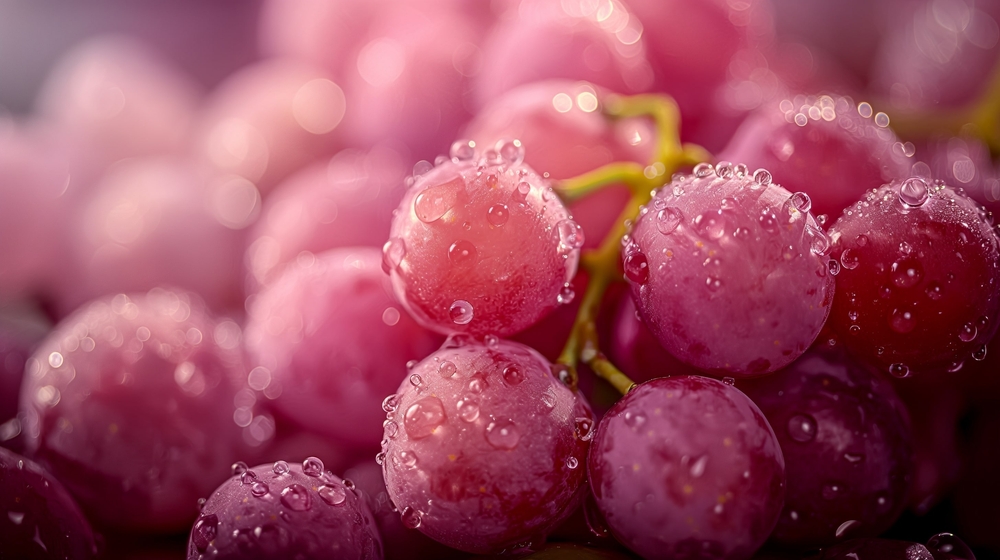
Highlighting textures in photography can bring a tactile quality to your images that engages the viewer’s senses. Textures are everywhere, from the rough bark of a tree to the smooth surface of glass, and capturing them in detail can add richness to your photos. By getting close to your subject and adjusting your lighting, you can emphasize textures and create striking visual effects. This technique is often used in macro photography but works equally well in landscape and portraiture, where textures add layers of interest. It allows you to capture the essence of a subject in a way that invites touch, even though it’s a visual medium. It’s also a powerful way to contrast elements within a frame, such as soft fabrics against hard metals.
Long Exposure for Motion Blur
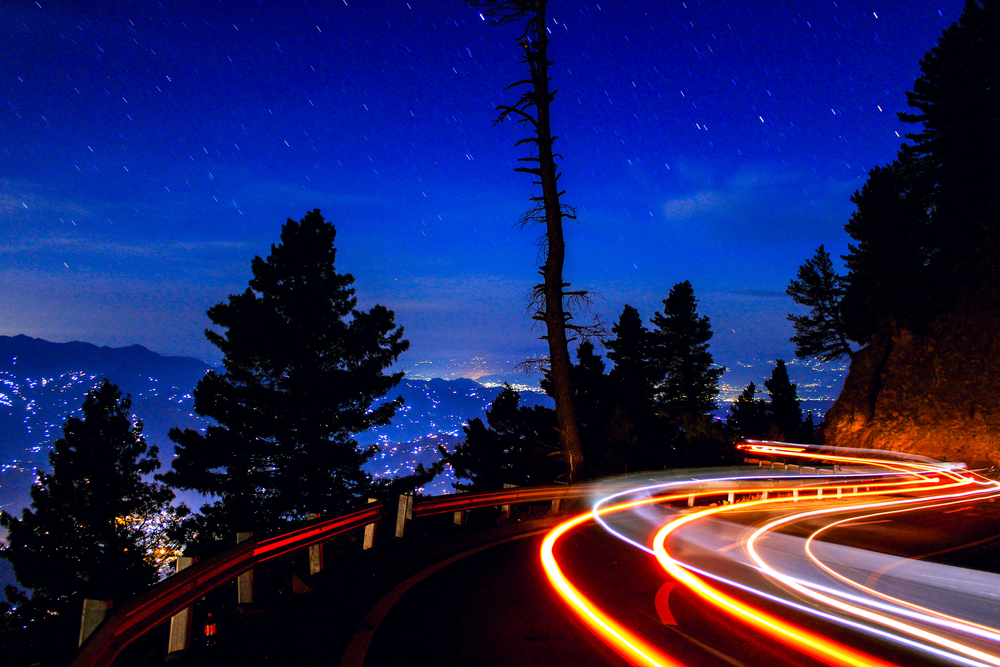
Long exposure is often associated with landscape photography, but it’s a versatile technique that can be used to add motion blur in various settings. By using a slower shutter speed, you can capture the movement of clouds, water, or even traffic, adding a sense of motion to otherwise still scenes. This technique can transform ordinary shots into dynamic, atmospheric images. It’s especially useful in night photography, where long exposure can capture light trails or create a dreamy, surreal effect. Using a tripod is essential to keep the camera steady and ensure the non-moving elements remain sharp. It also works well in cityscapes, where moving people or vehicles add a sense of life and energy to the scene. This technique is often underutilized because it requires more planning, but the results are worth the extra effort.
Intentional Lens Flares
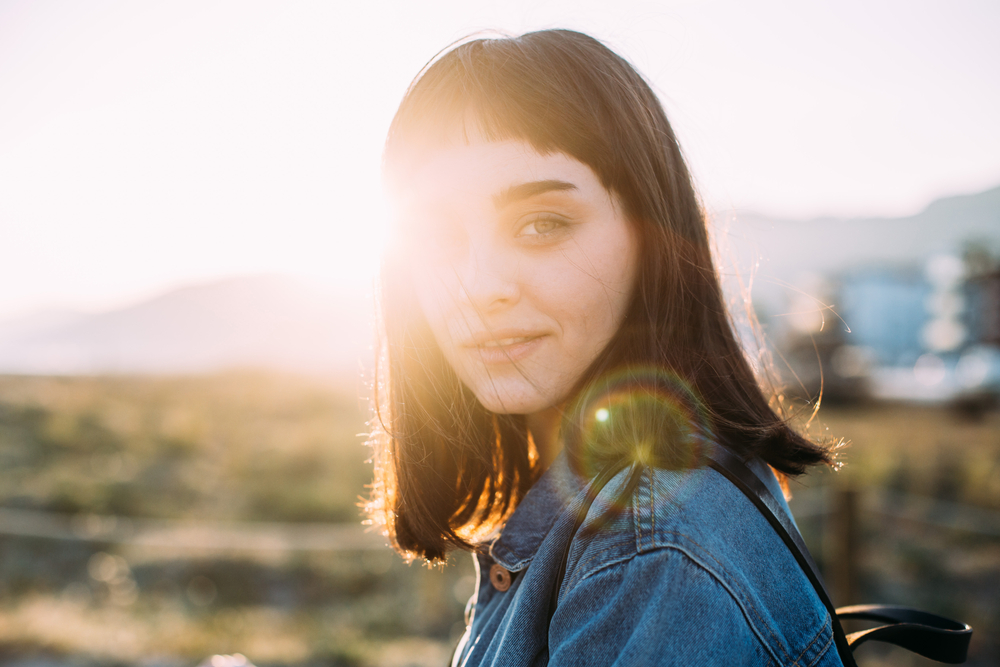
Lens flares are often considered unwanted artifacts, but they can be a powerful compositional tool when used intentionally. Created when strong light sources, like the sun, hit the camera lens directly, they can add a dramatic, cinematic quality to your photos. This technique is particularly effective in outdoor and sunset photography, where the flares complement the natural light. Lens flares can evoke emotions, emphasizing warmth or creating a sense of nostalgia. You can manipulate the effect by changing your angle or partially covering the light source with objects like trees or buildings. Many photographers avoid lens flares due to their unpredictability, but embracing them opens up creative possibilities that can transform the mood of an image.
Zoom Burst Photography
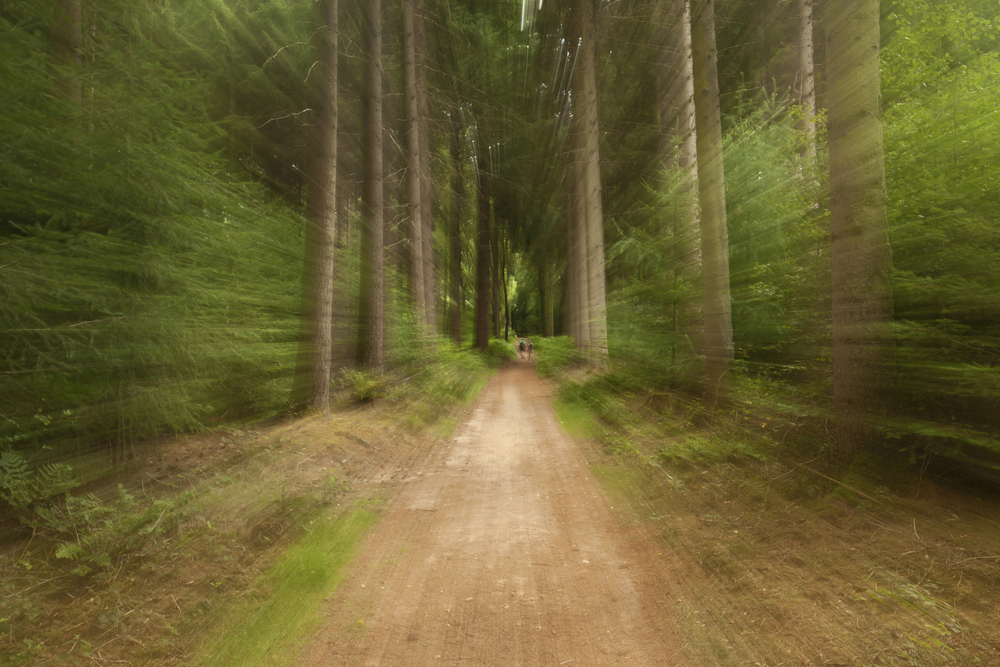
Zoom burst is a technique that adds a dynamic sense of motion to an otherwise still image. By zooming in or out while the shutter is open, you can create a blurred radial effect that draws the viewer’s attention to the center of the frame. This method works particularly well with vibrant scenes full of color or light, such as city lights at night or festive events. It introduces a sense of energy and movement, making the image appear as though it’s radiating from the center. The challenge lies in controlling the zoom speed and timing to avoid overexposure or loss of detail. A tripod is often necessary to keep the camera steady and prevent unwanted camera shake.
Using Shutter Drag
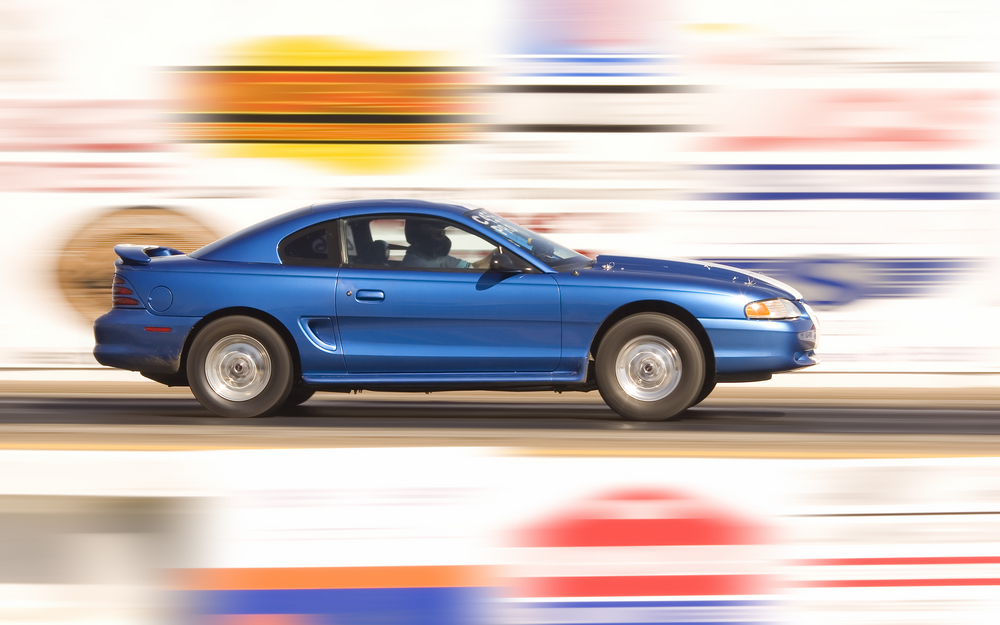
Shutter drag, or dragging the shutter, combines flash with a slower shutter speed to capture both sharpness and motion blur in a single frame. This technique is often used in event photography to convey movement, such as dancing or dynamic motion, while keeping the main subject crisp. By dragging the shutter, you allow ambient light to expose the background, adding context to the shot. This can create a sense of place and movement, making the photo feel alive and vibrant. It is often overlooked because it requires a balance between flash intensity and shutter speed, but once mastered, it can produce stunning, energetic images. It’s particularly effective for creating contrast between the stillness of the subject and the activity around them, making for a visually compelling photo.
Double Exposure
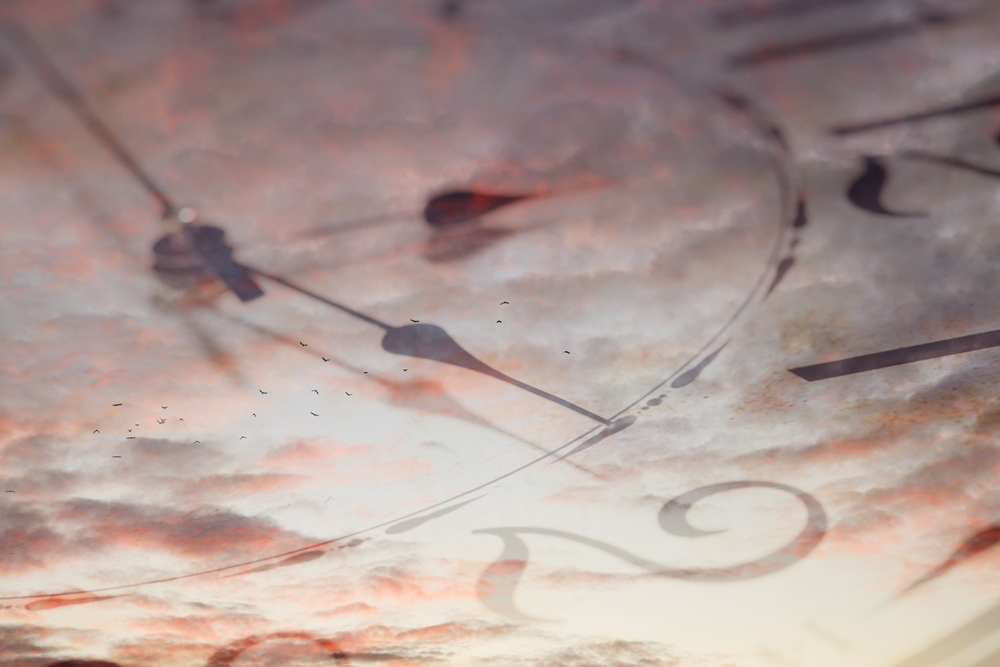
Double exposure is a technique where two different images are superimposed onto a single frame, creating a layered, surreal effect. This can be done in-camera with film or digitally in post-processing. It is often used in portraiture, blending a person’s face with elements like landscapes or textures to convey a deeper meaning or emotion. This technique allows for storytelling through symbolism and can add a dreamlike quality to your images. Although it’s been around for decades, many photographers shy away from double exposure due to its complexity, but mastering it opens up endless creative possibilities. The key is to carefully choose complementary images that interact harmoniously rather than clash.
This article originally appeared on Rarest.org.
More from Rarest.org
17 Brilliantly Colored Frogs and Amphibians That Stand Out in Nature
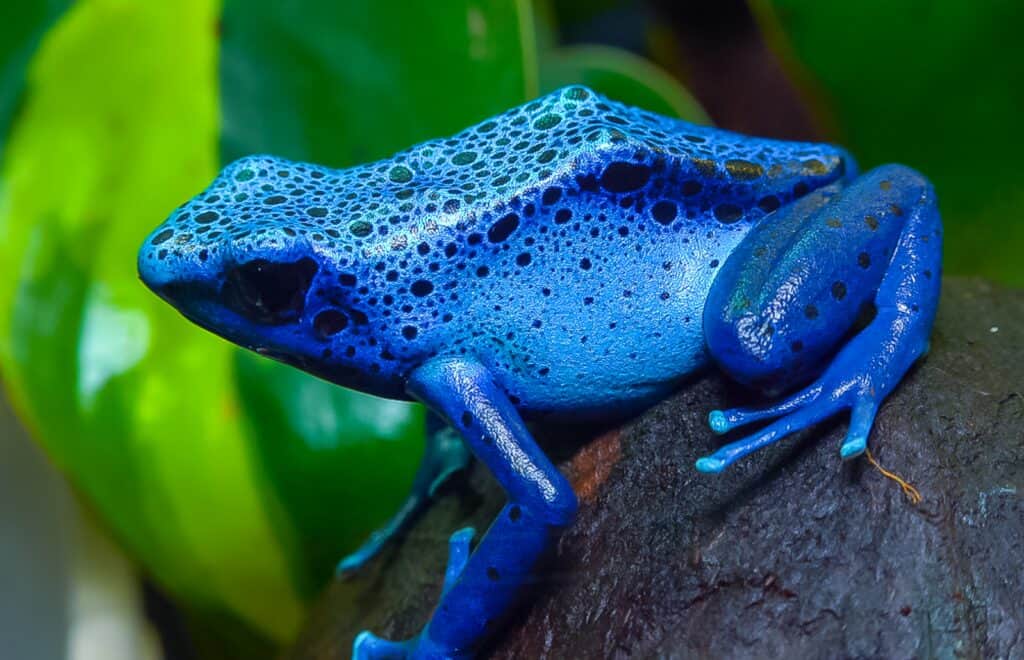
Nature is full of vibrant colors, but few creatures display them as boldly as frogs and amphibians. These animals often use their bright hues for protection, signaling danger to predators or blending into their colorful environments. Read More.
22 Plants with Medicinal Properties That Are Endangered
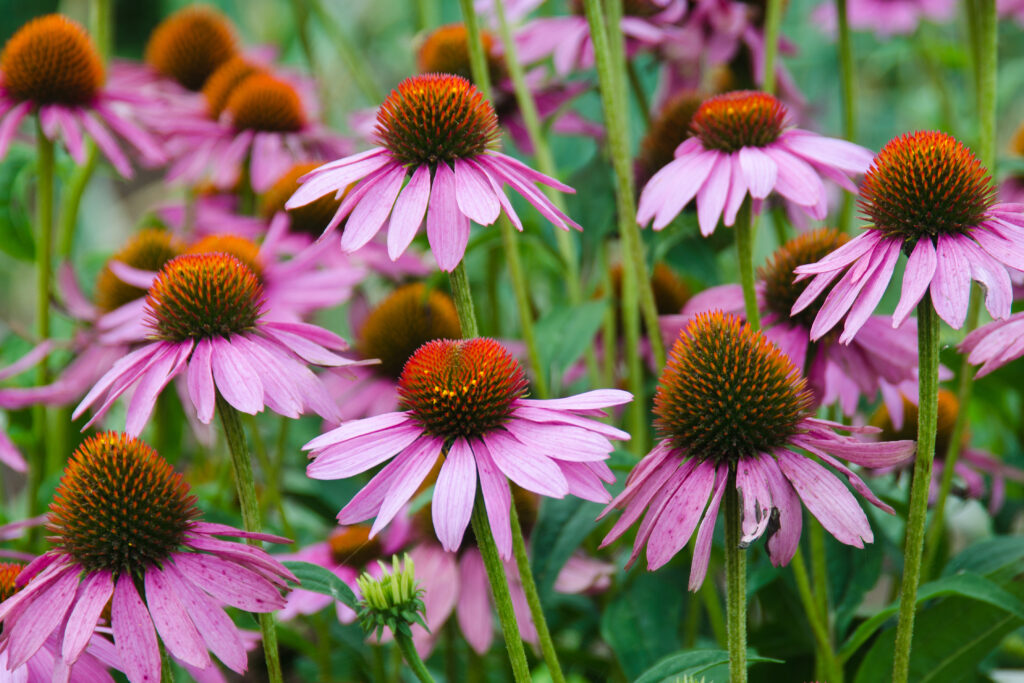
Many plants used in traditional medicine are now endangered due to overharvesting, habitat loss, and environmental changes. These plants hold significant medicinal value, offering healing properties that have been utilized for centuries. Read More.
13 Sought-After Antique Sewing Machines and Their Collector Value
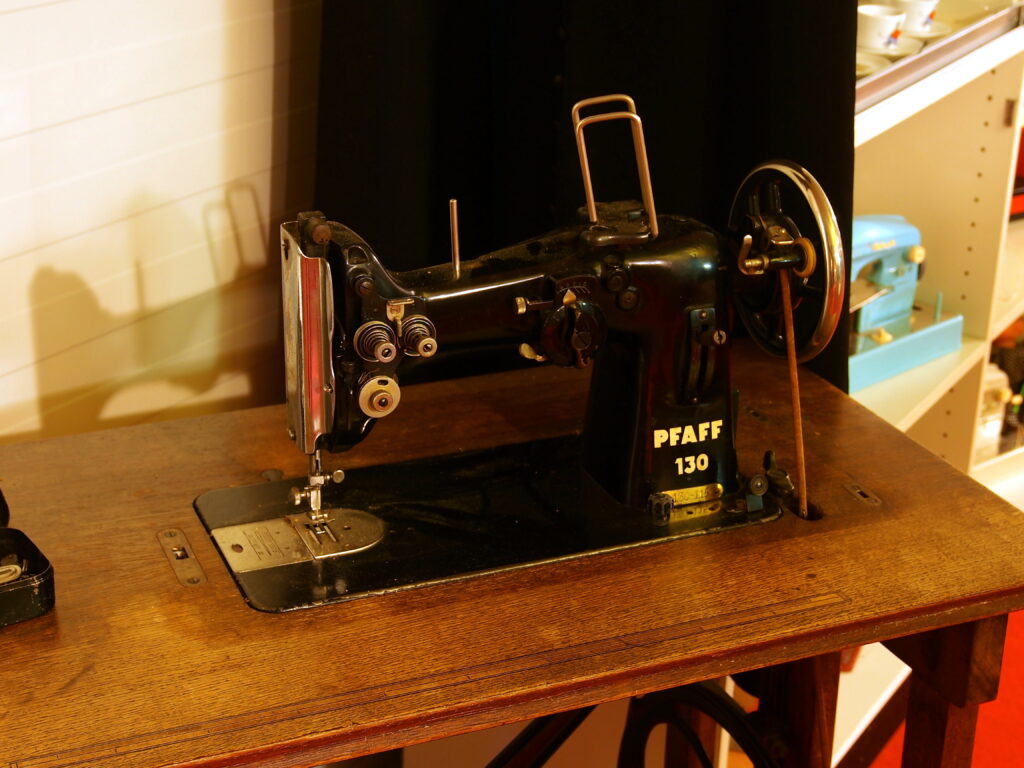
Antique sewing machines hold a special place in history and in the hearts of collectors. These machines are more than just relics; they are a testament to craftsmanship and engineering. Read More.
